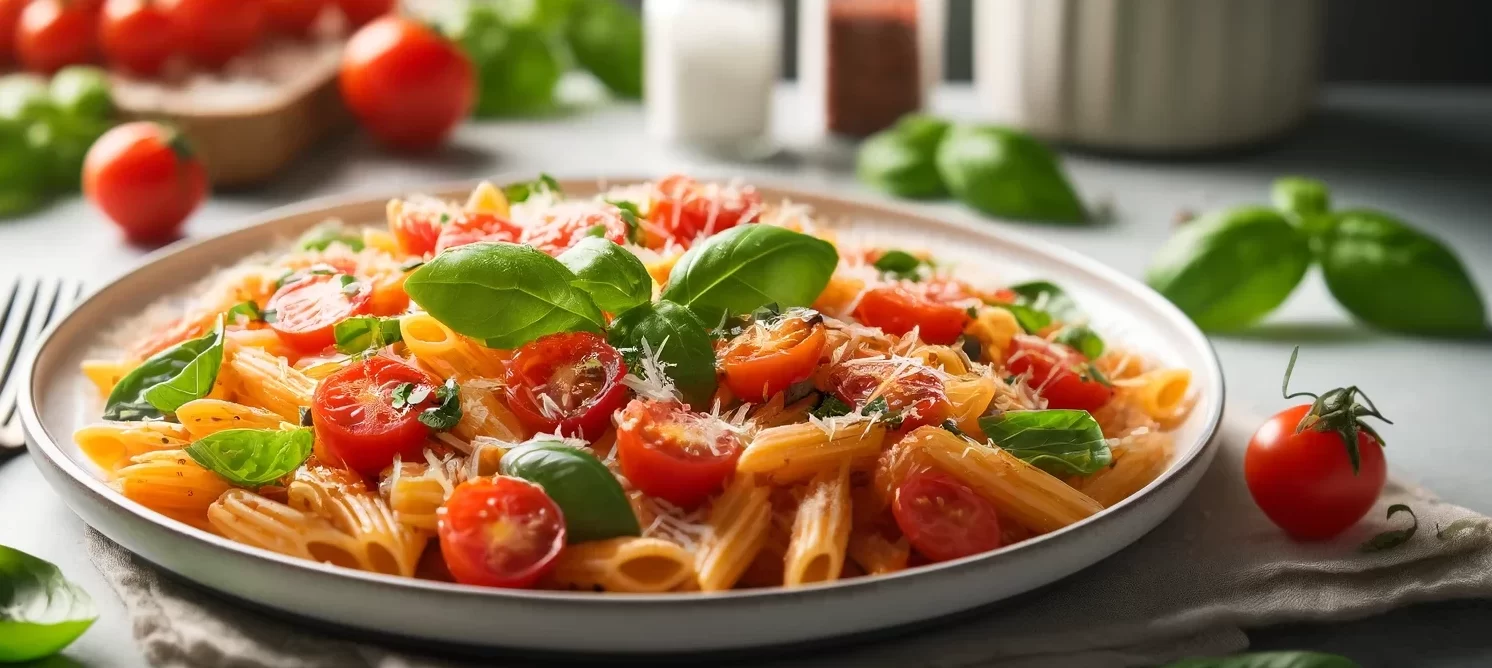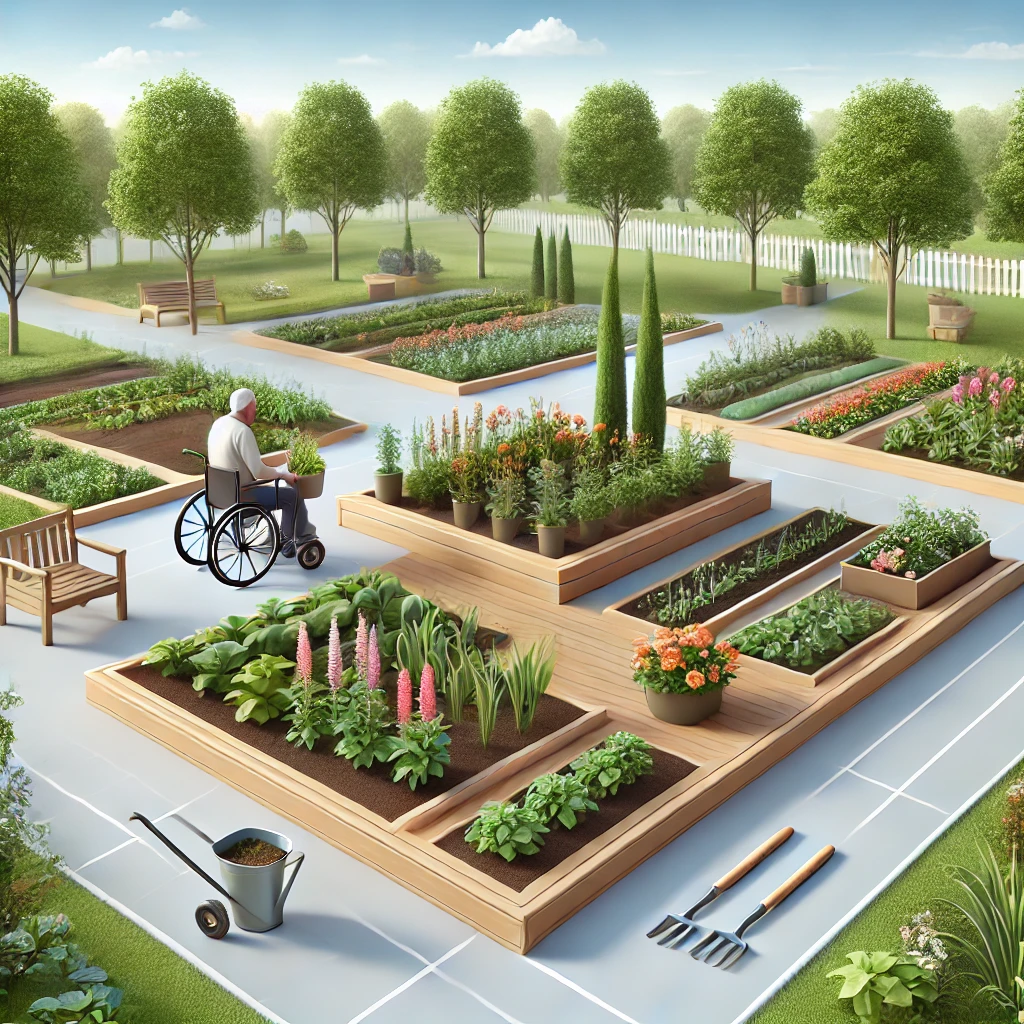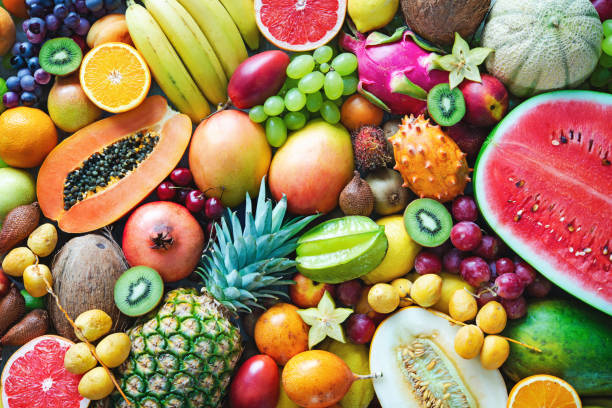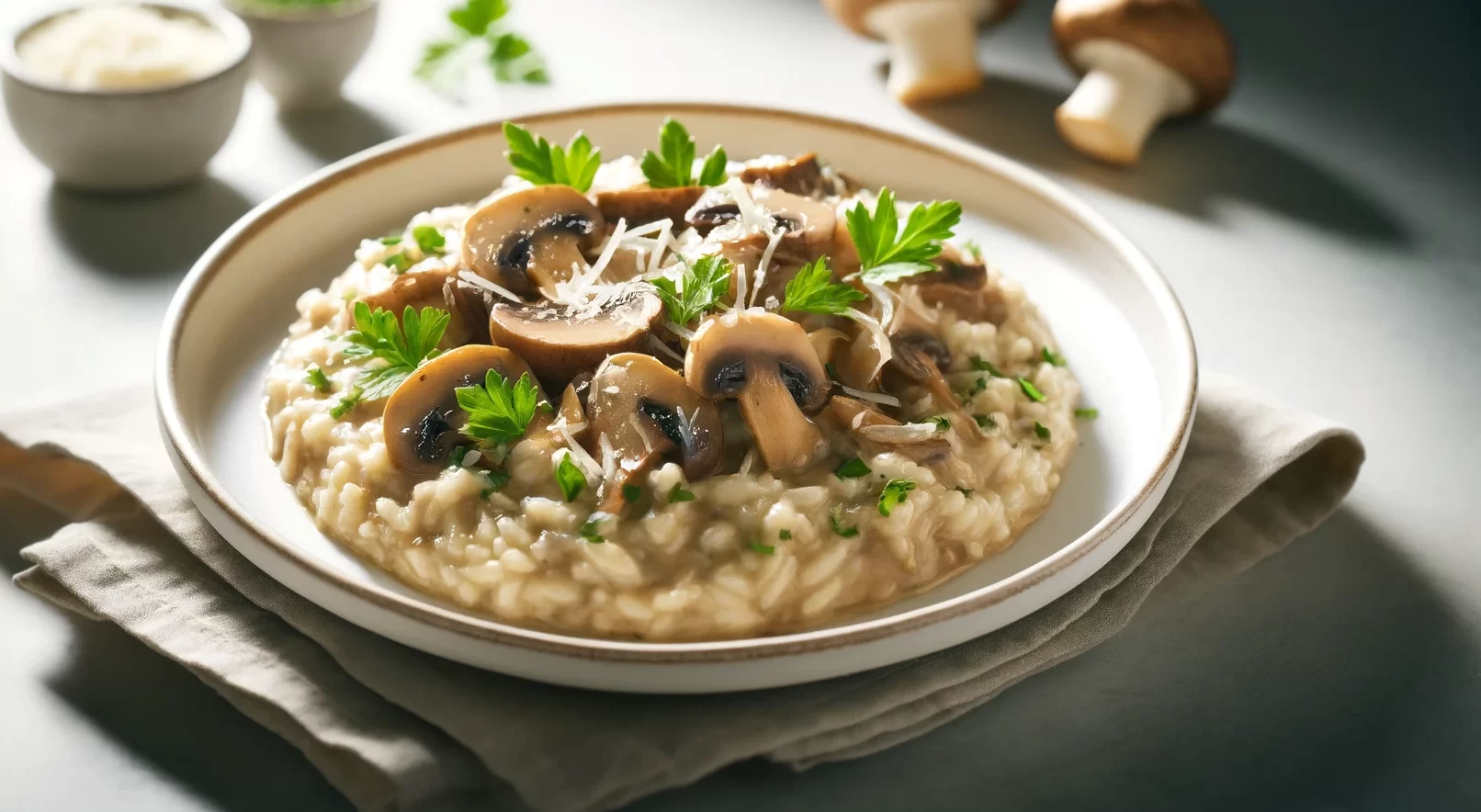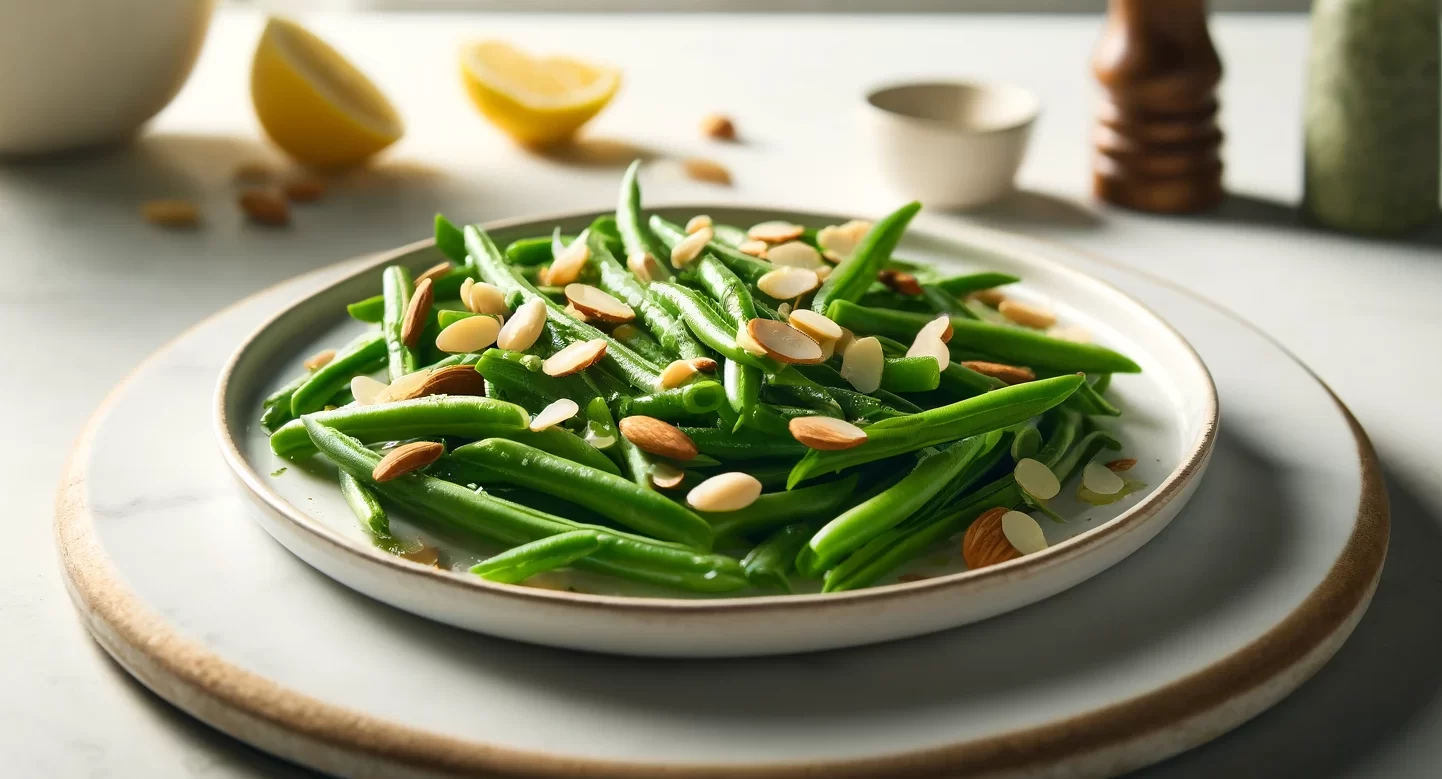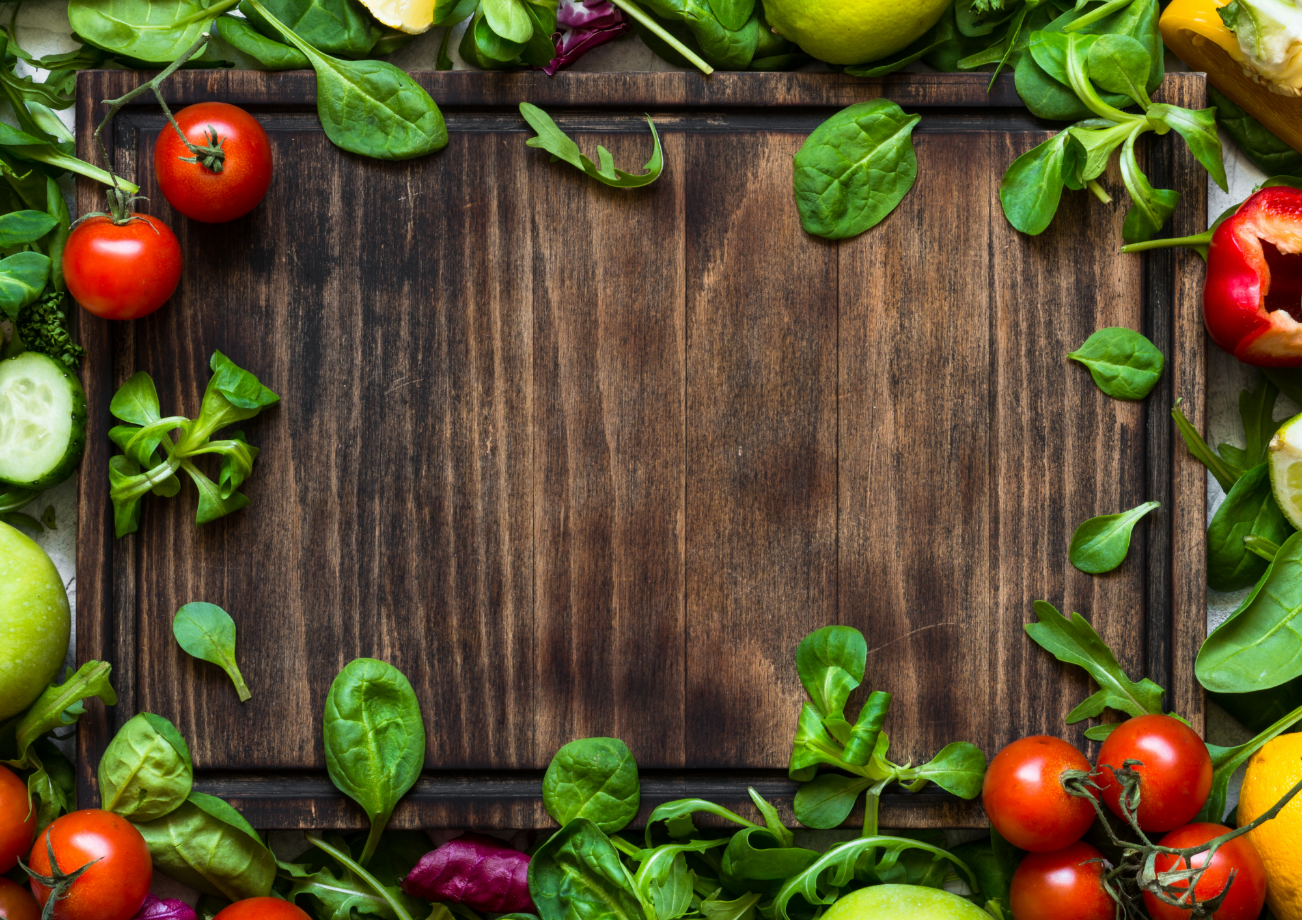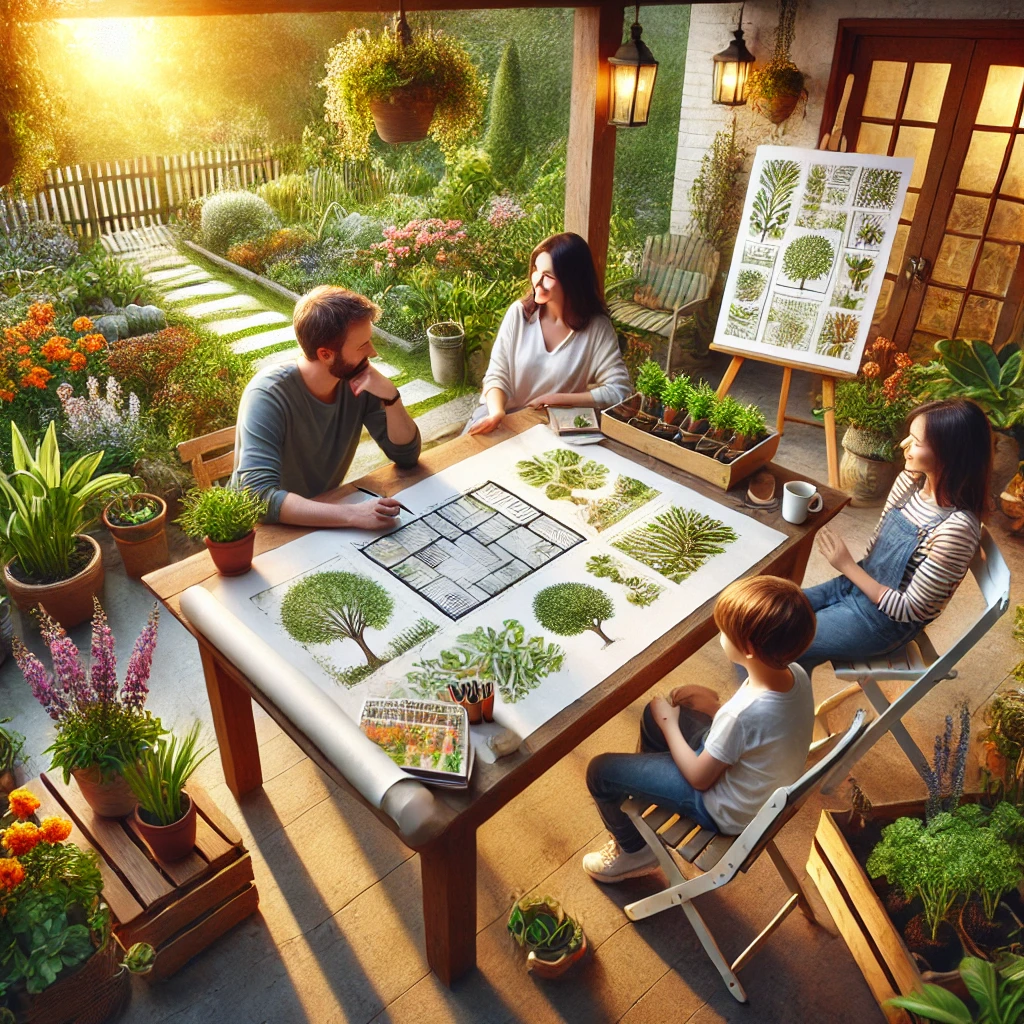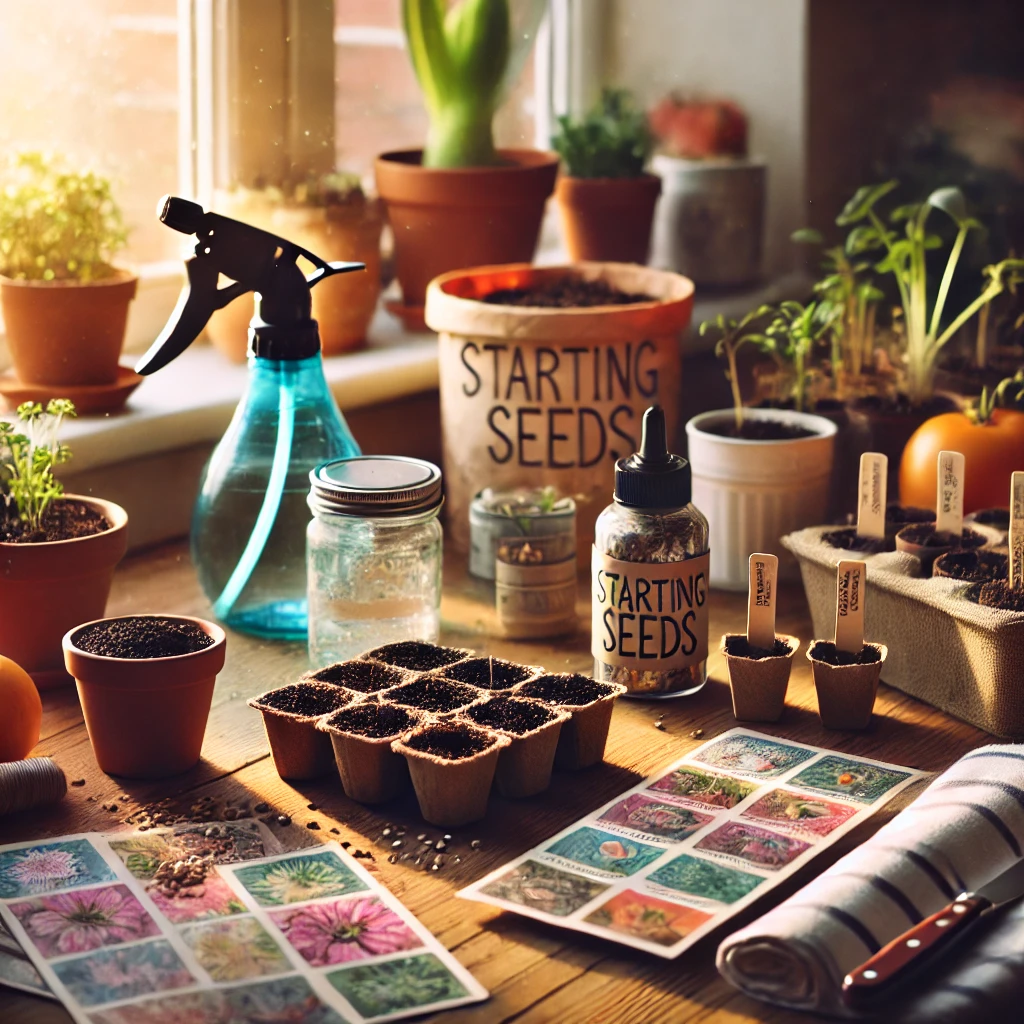Hello again, FarmRN family! As a mom who loves to fill our home with fresh, homegrown goodness, I’ve ventured into the realm of shade gardening with an edible twist. Not all of us are blessed with sun-drenched gardens, but that doesn’t mean we can’t grow delicious fruits, vegetables, and herbs right in our own shaded backyards. Today, let’s explore the edible shady characters that can thrive in lower light, bringing flavor and nutrition from garden to table.
Fruits for the Shaded Garden
Believe it or not, some fruit plants can adapt to life away from full sun. While options may be more limited, here are a couple of stars:
- Currants and gooseberries
- Currants and gooseberries are often unsung heroes of the edible garden, especially when it comes to cultivating in shaded areas where other fruit-bearing plants might struggle. These resilient, shade-tolerant shrubs can add a burst of flavor and a splash of color to parts of your garden that receive less sunlight, making them ideal candidates for gardeners dealing with dappled shade or sun-scarce spaces.
- Rhubarb
- Rhubarb, with its striking red stalks and large green leaves, stands out as a unique and versatile perennial that thrives in the cooler, shaded parts of the garden. Often considered a vegetable, rhubarb is used culinarily as a fruit, particularly famous for its tart, tangy flavor that pairs beautifully in pies, jams, and desserts. What makes rhubarb especially appealing to the busy gardener is its low maintenance and shade tolerance. Rhubarb plants prefer well-drained, fertile soil rich in organic matter, and while they enjoy a bit of sunlight, they can flourish in areas that receive partial shade, making them perfect for those garden spots not bathed in sunlight all day. It’s important to note that only the stalks of the rhubarb plant are edible, as the leaves contain oxalic acid and are toxic if ingested. This hardy plant not only provides a bountiful harvest from late spring to early summer but also adds architectural beauty to the garden with its lush foliage and vibrant stalks. Over time, a single rhubarb plant can grow quite large, offering ample produce to share with friends and family. With minimal care, rhubarb can become a long-standing feature in your garden, coming back year after year to offer its unique flavor to your culinary creations.
Vegetables That Embrace the Shade
You might be surprised at how many vegetables can grow without basking in the sun all day. Here are a few to consider:
- Peas
- Peas are a gardener’s delight, offering sweet rewards early in the growing season. These cool-season crops excel in the gentler light of spring and fall, making them an excellent choice for areas with partial shade. Peas’ versatility allows them to adapt to various light conditions, although they appreciate a few hours of sunlight to thrive. Their preference for cooler temperatures and ability to climb makes them ideal for vertical gardening solutions, saving space and adding visual interest to the garden with their delicate tendrils and vibrant green pods. Whether you’re growing snap, snow, or shelling varieties, peas bring a burst of sweetness to the table. Their ability to fix nitrogen in the soil also enriches your garden, making them beneficial companions for other plants. Planting peas in shaded areas can help extend the growing season, as the cooler, less intense light keeps the plants from overheating, ensuring a bountiful harvest of crisp, flavorful peas.
- Root Vegetables
- Root vegetables, such as carrots, beets, and radishes, possess a remarkable resilience that makes them well-suited for shaded gardens. These subterranean treasures don’t require the full sun that many flowering and fruiting plants do, making them forgiving choices for spots that receive only partial light throughout the day. The reduced sunlight can actually benefit these crops, encouraging slower, steadier growth that often results in sweeter, more tender produce. Root vegetables draw their energy from the soil, focusing on underground development rather than expansive leafy growth. This characteristic allows them to thrive even when sunlight is limited, provided they have well-drained soil rich in organic matter. The key to cultivating successful root vegetables in shaded areas is maintaining consistent moisture levels and soil fertility, ensuring these edible roots can reach their full potential, both in size and flavor.
- Leafy Greens
- Leafy greens, such as spinach, kale, and lettuce, are champions of the shade-tolerant vegetable category, thriving in cooler, less sun-intensive environments. The lower light levels found in shaded gardens can actually benefit these plants, reducing the risk of bolting (going to seed prematurely) and encouraging the production of tender, flavorful leaves. The gentle conditions of shaded areas mimic the cooler seasons, extending the growing window for these crops and allowing gardeners to enjoy fresh, homegrown greens for a more extended period. Leafy greens are not only nutritious but also fast-growing, making them ideal for successive planting and continuous harvests throughout the growing season. Their adaptability to shade makes them perfect for interplanting among taller crops or in the understory of fruit trees, maximizing garden space and productivity. Whether used in salads, smoothies, or sautéed dishes, leafy greens grown in the shade can provide a bountiful and nutritious addition to the family table.
Herbs that Flourish in Low Light
Many herbs are known for their sun-loving nature, but a few will happily grow in shaded spots:
- Mint
- Mint, with its invigorating aroma and versatile culinary applications, stands out as a remarkably shade-tolerant herb, making it a perfect addition to parts of the garden that receive less sunlight. Thriving in partial shade to full sun, the mint’s vigorous growth habit means it can easily adapt to various light conditions, often preferring the cooler, moist environment that shaded areas provide. This resilience makes mint an ideal herb for gardeners dealing with dappled sunlight or wanting to add greenery to balcony corners and windowsills that lack direct sun. Beyond its growth advantages, mint’s sprawling nature can be beneficial in shaded gardens, helping to cover ground and add lushness to areas where other plants might struggle. However, its tendency to spread rapidly also warrants careful planting—consider containing mint in pots or designated areas to prevent it from overtaking the garden. Whether you’re brewing a refreshing cup of tea, enhancing a culinary dish, or simply enjoying its fresh scent in the garden, mint’s ease of care and shade tolerance make it a valuable and enjoyable plant for busy gardeners looking to maximize their green spaces.
- Parsley
- Parsley, a culinary powerhouse revered for its vibrant flavor and nutritional value, is a versatile herb that gracefully adapts to the shaded corners of the garden. As a biennial plant, parsley offers two seasons of harvest, thriving in cooler conditions and tolerating partial shade with ease. This shade tolerance makes parsley an ideal herb for gardeners working with limited sunlight, allowing the leaves to develop their lush, green vibrancy without the risk of bolting, which full sun exposure can sometimes induce. Parsley’s rich, green foliage not only contributes a fresh, slightly peppery taste to dishes but also garnishes them with a touch of elegance. Beyond its culinary appeal, parsley is a beacon for beneficial insects, including the black swallowtail butterfly, whose larvae feed on its leaves in a symbiotic relationship that adds life and beauty to the garden. Whether you choose the curly variety for its decorative appeal or the flat-leaf type for its robust flavor, incorporating parsley into your shaded garden beds or containers ensures a steady supply of this herb, enhancing your meals and your garden’s biodiversity. Easy to grow and requiring minimal maintenance beyond regular watering and occasional feeding, parsley is a testament to the fact that even in the shade, your garden can produce an abundance of fresh, flavorful herbs.
- Chives
- Chives, with their delicate onion flavor and charming purple flowers, are a delightful addition to any garden, especially those with shaded areas. As members of the allium family, they share a kinship with onions, garlic, and leeks, yet they are far more forgiving in terms of their light requirements. Chives can thrive in partial shade, where they produce their slender, tubular green leaves that can be snipped and used to enhance the flavor of a variety of dishes, from soups and salads to omelets and baked potatoes. Not only are chives culinary versatile, but they are also incredibly easy to grow, making them a fantastic choice for both novice gardeners and seasoned greenthumbs looking for a low-maintenance herb. Their ability to grow in less sunny spots without sacrificing flavor or abundance is a boon, allowing gardeners to utilize every part of their garden space effectively. Additionally, chives are perennial, meaning once planted, they’ll return to grace your garden year after year with minimal care. Beyond their culinary uses, chives boast attractive, fluffy purple flowers that can add a splash of color to the garden and attract pollinators, enhancing the health and beauty of your gardening space. Whether planted in the ground or in containers, chives are a resilient and rewarding herb that proves shade in the garden doesn’t mean a compromise on flavor or variety.
Tips for Success in Shade Gardening
- Soil Matters: Edible plants growing in the shade may need extra attention to soil quality since they have to compete with tree roots for nutrients. Enrich your soil with compost to give your plants a fighting chance.
- Water Wisely: Shaded areas can remain damp longer than sunny spots, so be mindful of overwatering. Check the soil moisture regularly to ensure your plants are getting just what they need.
- Patience Pays: Plants in shaded areas might grow more slowly than their sun-bathed counterparts. Give them time, and you’ll be rewarded with fresh, tasty produce.
Creating an edible garden in the shade may require a bit more thought and patience, but the rewards are just as sweet (if not sweeter) than those grown in full sun. Whether it’s the leafy greens of a salad, the tangy burst of a berry, or the aromatic hint of an herb, your shaded garden can provide delicious, nutritious additions to your meals.
I’d love to hear about your experiences with shade gardening! Have you had success with any particular fruits, vegetables, or herbs in low-light conditions? Share your stories and tips below, and let’s continue to nurture our love for gardening, no matter the light conditions.
Don’t forget to check out our recipe tab at the top for delicious ways to use your garden’s bounty. Here’s to discovering the joy and abundance of gardening in the shade!

